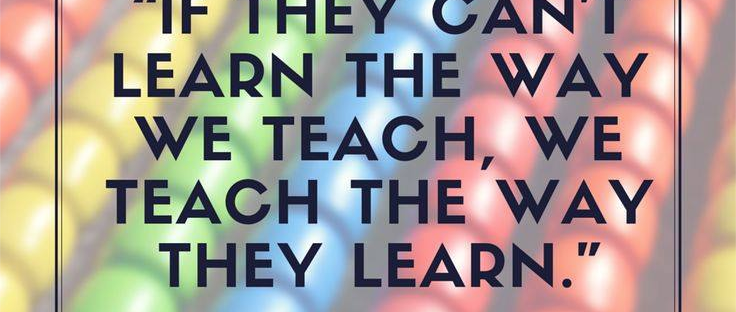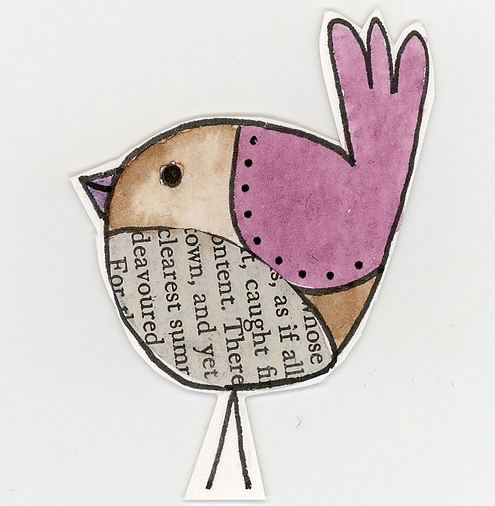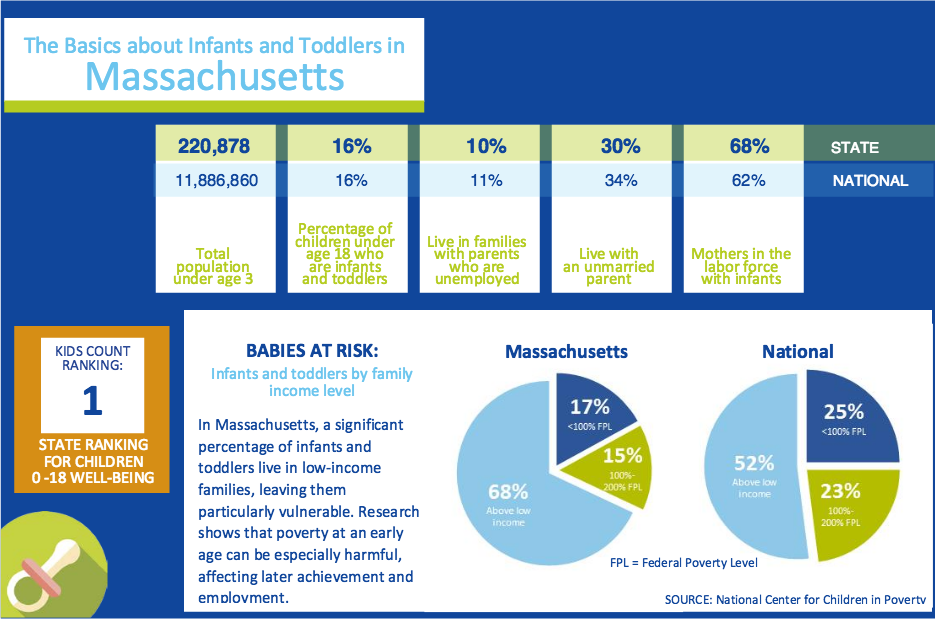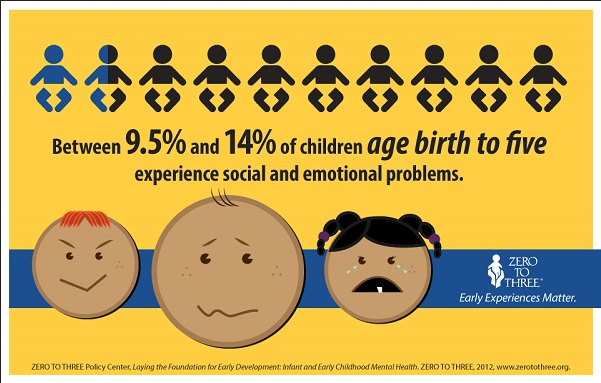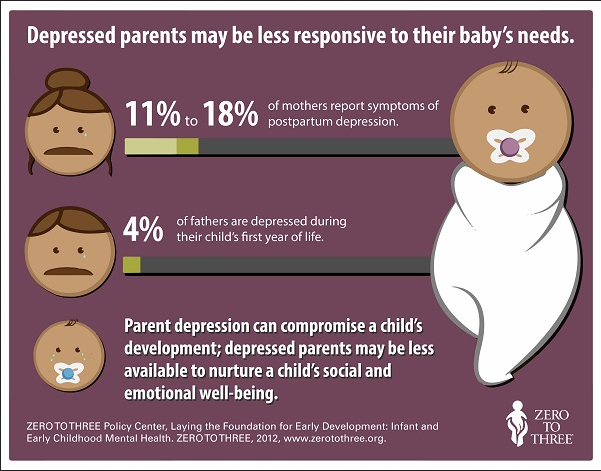As we know, all kids learn differently. This means individualized instruction with possible classroom modifications. Some are the ‘easy’ kids who want to please, and have the capability to keep their bodies in check. Some kids simply need modifications. Even if this means they are simply sunning extra errands for the teacher so that they can get their wiggles out. I recently came across this video, which so greatly encompasses the students’ needs. It is great what you can learn by simply talking to the students’ needs. It is also great to help them gain some self-prospective on their own needs. This means that every year they can work toward reaching the goal of filling their own needs, so that they can get the most out of the classroom experience to truly learn. Here’s the video with kids who really know themselves well.
Some basis modifications in a classroom can include (but are not limited to):
- Listing things on the board, so students do not have to remember it all
- A wiggle seat
- A phone book on the floor so that they can truly plant their feet on the ground
- A squishy ball or something to keep their hands busy
- Not requiring eye-contact but simply modeling
- Highlighting important information
- A visual schedule
- Extra exercise throughout day to get the wiggles out
- Limitations of distractions
- Preferred seating (whether closer to the teacher, materials, or off by self)
- Role-play
- Communication book home
- Limit talking-time
- Be patient
- Shorter reading/writing assignments
- Explain why material is important to learn
- Use large text, braille, sign, whatever the student needs
It is important to individualize the instruction to each kid. No this does not mean redoing the whole lesson, but it does mean taking everyone’s abilities and struggles into account. This also means getting to know the students.
Articles Related to ‘Individualize Instruction: Classroom Modifications’
Emotional Behavioral Disorder: Accommodations and Modifications
Behavior and Cognitive Interventions: Finding the Best Solution
